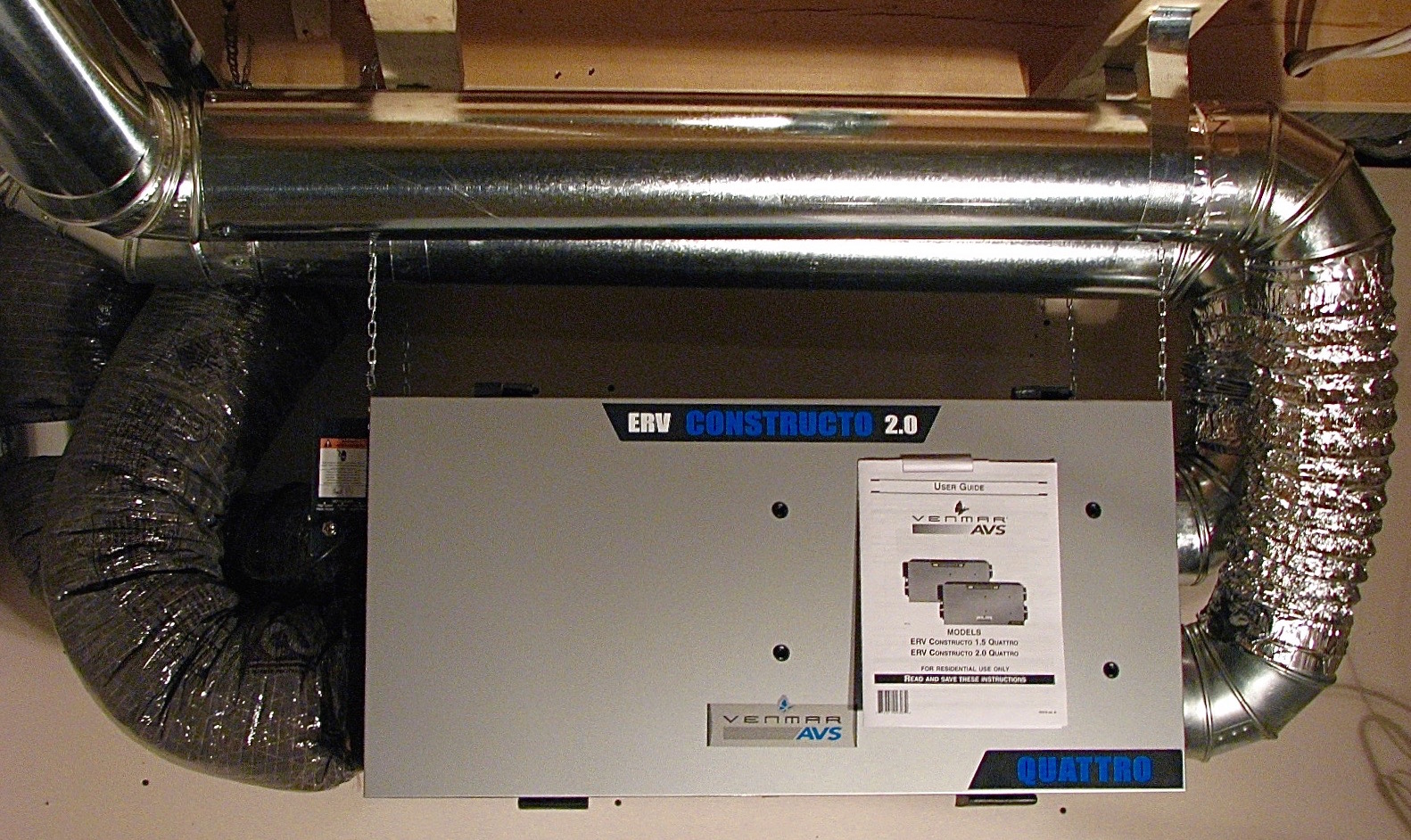Practical Tips to Maximize HRV Performance
The All-Inclusive Guide to the Uses of Heat Recovery Ventilation in Modern Buildings
Heat Recovery Ventilation (HRV) systems represent a considerable advancement in building modern technology (HRV Heat Recovery Ventilation). They give an approach for trading stagnant indoor air with fresh outdoor air while lessening energy loss. This method not only enhances indoor air high quality yet additionally adds to power effectiveness in both property and commercial structures. Understanding the numerous applications and benefits of HRV can reveal its critical role in modern design and sustainability initiatives. The ramifications of this technology deserve discovering further
Understanding Heat Recovery Ventilation Systems

Numerous modern buildings prioritize energy effectiveness, understanding warm recuperation ventilation (HRV) systems is important for enhancing interior air high quality and minimizing power usage. HRV systems function by transferring warmth from stagnant indoor air to incoming fresh air, effectively preserving comfy interior temperatures while lessening power loss. These systems include a warmth exchanger, followers, and ductwork that facilitate the circulation of air. During winter months, HRV devices catch and reuse warm from the outward bound air, while in summer season, they can assist cool down inbound air. By continually exchanging air, HRV systems also lower moisture and the concentration of indoor contaminants. Proper installation and maintenance of HRV systems are crucial for their performance and efficiency in improving general structure performance and comfort.
Advantages of Heat Recovery Ventilation
Heat recovery ventilation systems offer countless advantages that boost both energy performance and interior air quality in contemporary buildings. By recording and reusing energy from exhaust air, these systems considerably decrease heating & cooling costs, leading to reduced energy usage. In addition, they preserve a steady circulation of fresh exterior air, decreasing the threat of interior air toxins and irritants. This continual exchange helps control humidity levels, stopping mold and mildew growth and ensuring a healthier living atmosphere. In addition, HRV systems add to sustainability goals by reducing total carbon footprints. Their ability to maximize ventilation without compromising thermal convenience makes them a useful enhancement to contemporary structure design, advertising both financial and ecological advantages.
Applications of HRV in Residential Buildings
As house owners significantly focus on power effectiveness and indoor air high quality, the applications of heat healing air flow (HRV) systems in household structures have actually ended up being a lot more prevalent. HRV systems are specifically advantageous in tightly sealed homes, where preserving fresh air circulation is important for preventing wetness build-up and indoor contaminants. They properly move warm from outgoing stagnant air to incoming fresh air, lowering energy expenses connected with heating and air conditioning. Furthermore, HRVs Visit This Link can improve convenience levels by managing moisture and temperature. They are likewise adaptable for different domestic layouts, consisting of single-family homes and multi-unit structures. On the whole, incorporating HRV systems supports sustainable living techniques while ensuring a much healthier indoor atmosphere for owners.
HRV in Business and Industrial Setups
In business and industrial setups, the execution of warmth recovery ventilation (HRV) systems has actually ended up being progressively essential for enhancing power performance and maintaining air quality. These systems successfully transfer heat from exhaust air to incoming fresh air, reducing the need for added heating or air conditioning. This not just lowers energy prices however likewise adds to sustainability initiatives. Industries such as production, warehousing, and office complex profit substantially from HRV systems, as they help manage temperature level and humidity degrees, making certain a comfortable and efficient environment. Moreover, HRV systems help in getting rid of pollutants and excess dampness, boosting interior air quality. As regulations around air quality come to be stricter, the fostering of HRV modern technology is likely to expand, making it a crucial component of contemporary industrial and industrial framework.
Future Fads in Heat Recovery Ventilation Technology

Regularly Asked Questions
Exactly How Does Heat Recovery Ventilation Impact Indoor Air Quality?
Heat recovery ventilation considerably enhances indoor air quality by continuously trading stale indoor air with fresh outside air while recouping power. This process decreases contaminants, preserves suitable humidity degrees, and ensures a much healthier setting for residents.
Can HRV Solutions Be Set Up in Existing Structures?
HRV systems can certainly be set up in existing buildings. Retrofitting may need adjustments to ductwork and air flow formats, however it considerably enhances energy efficiency and indoor air high quality, making it a feasible alternative for older frameworks.
What Upkeep Is Needed for HRV Systems?

Are There Specific Climates Where HRV Is Extra Reliable?
Heat recovery ventilation systems are especially reliable in climates with substantial temperature differences between periods. These systems optimize power performance by recuperating heat from exhaust air, making them excellent for both cold and reasonably cozy settings.
Exactly How Do HRV Solutions Affect Energy Bills?
